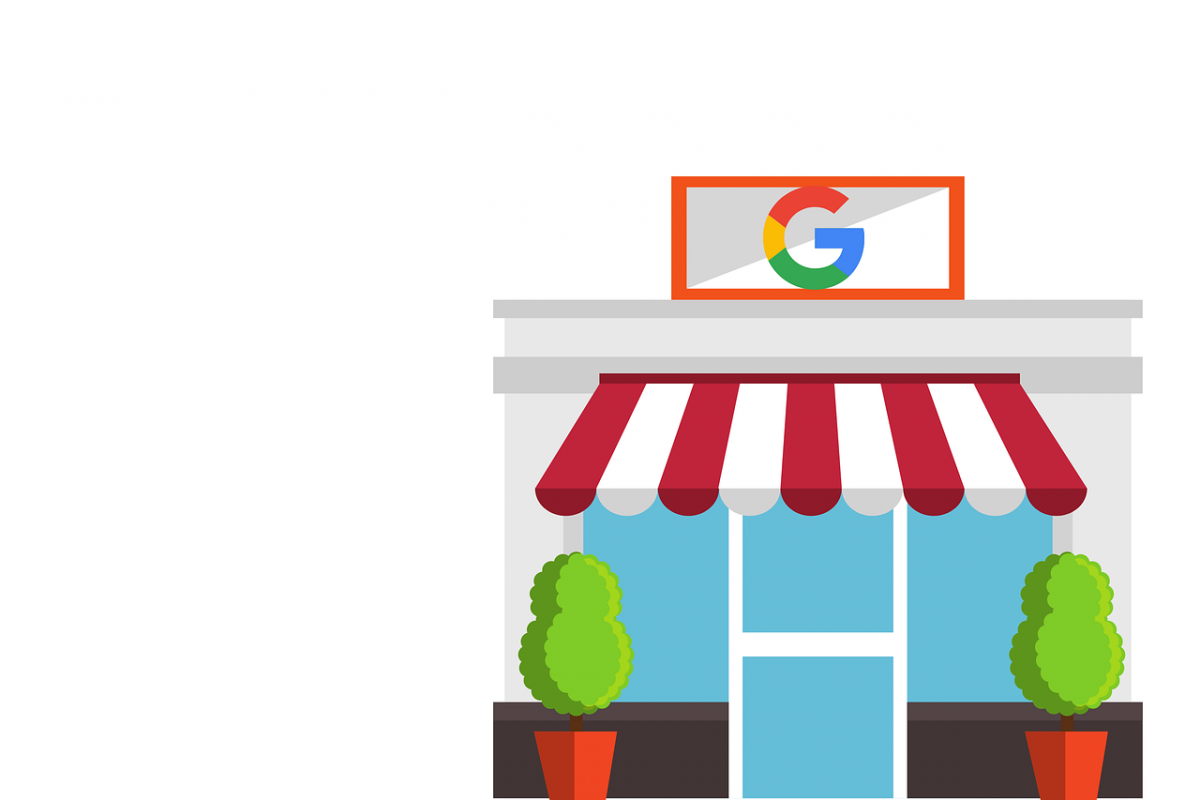In many cases, it’s now more effective to answer a question directly rather than focus on a specific keyword. The reasons behind this shift are largely tied to an increased focus on natural language and conversational queries. Over the past few years, search engines have increasingly narrowed their focus, aiming squarely at understanding user intent above all else.
Figuring out exactly what a searcher wants, and why. Understanding not just what someone is searching for, but the context behind that search. And ultimately, delivering the best possible website on the Internet to fulfill the searcher’s needs.
For anyone who’s been paying attention, this should come as no surprise. Sentiment-based search has always been the desired end state of search engines. The previous, keyword-based approach was really just a patchwork attempt at that.
There’s also the fact that, as voice search grows more prominent, we’re seeing a large-scale shift towards conversational queries. People aren’t just typing in short phrases anymore. They’re asking questions, especially on mobile devices.
Q&A content aligns directly with this evolution towards natural language searches. You are directly addressing your audience, answering their question as if you were speaking with them in the same room. No doubt as a result of this trend, Google debuted featured snippets a few years ago.
Located at the very top of the search engine results page — colloquially known as position zero — featured snippets have a single goal in mind. Their intent is to provide a simple and immediate answer to a user’s question. As you might expect, this means they can have an extremely pronounced impact on traffic.
Because they typically only contain a small selection of text, and because many search queries require more than a few sentences for a full explanation, people will often click through to your website to learn more. Not to mention what they can do for brand recognition. Being positioned in a featured snippet is an indication that your website provides one of the best possible answers on the Internet.
People recognize that.
Now that we’ve established how drafting up Q&A content can improve your SEO, let’s talk about what you need in order to actually put that into practice. First, content quality is critical. Your answer to a question needs to be the best, the perfect blend of thorough and concise.
That means getting straight to the point. It means using high-quality media, and ensuring every single corner of your site is optimized for performance. And it means constantly examining, evaluating, and tweaking your content for maximum effect.
Second, you’d do well to explore your industry to see what questions people are asking. Q&A sites like Quora are a good place to start, though you might also want to examine industry-specific community websites. There are also several tools you can use for this, such as Also Asked.
Finally, it’s important to note that question-based SEO and featured snippets are not ideal for every single organization. According to SEO software developer Ahrefs, nearly 100 percent of featured snippets are pulled from pages that are already near the top of the SERP. Per SEO expert Moz, this means that the types of search queries/industries that are likeliest to make it into the snippet are as follows.
- DIY processes and how-tos.
- Small businesses in highly niche industries.
- Health.
- Finance.
- Math.
- Guidelines/requirements.
So does that mean that if you aren’t in a niche field or already at the top of your industry, featured snippets and Q&A pieces aren’t worth writing? Not exactly. Conversational search is still incredibly frequent, and showing audiences your thought leadership by answering their questions can be an excellent way to strengthen your brand.
As such, the next time you’re doing keyword research, it may be invaluable to examine what questions are associated with each keyword you choose. That way, you know what your audience is asking. And more importantly, you can figure out the best answer possible.










